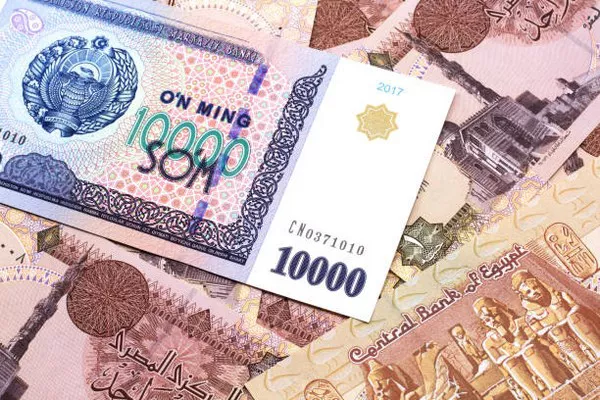In the world of currencies, the British pound sterling holds a unique place, both historically and economically. Originating from the term “pound weight of sterling silver,” the pound sterling’s association with silver raises questions about its composition. Is the pound sterling actually made of real silver? To answer this question, we delve into the fascinating history of the currency and examine its evolution from a silver-based coin to today’s modern fiat money system.
Historical Background
The pound sterling’s history dates back to Anglo-Saxon England when silver pennies were first introduced by King Offa of Mercia around 760 AD. These early pennies were indeed made of silver, reflecting the prevailing system of commodity money where the value of the coin was directly linked to its metal content. Over the centuries, the pound evolved as a unit of account based on the value of a pound weight of silver.
During the medieval period and into the Renaissance, the purity and weight of silver in the coinage were critical factors in maintaining public trust and confidence in the currency. The “sterling” in pound sterling originates from the Old English word “steorling,” meaning “little star,” which was a term used to describe the silver penny. The purity of sterling silver was standardized to 92.5%, establishing a benchmark for quality and value.
Evolution of Coinage
By the late 17th century, the pound sterling was firmly established as the primary currency in England and was used extensively in international trade. Silver remained a significant component of British coinage well into the 19th century. The Coinage Act of 1816 officially established the gold standard in the United Kingdom, although silver continued to circulate alongside gold coins.
The Victorian era saw a shift towards a bimetallic standard, where both gold and silver coins were in circulation, each with a fixed exchange rate relative to each other. However, the discovery of vast silver deposits in the Americas in the mid-19th century led to a decline in the value of silver relative to gold, prompting a move towards a gold-based currency system.
Silver in Modern Pound Sterling
Today, the composition of the pound sterling has evolved significantly from its origins as a silver coin. Since the early 20th century, the pound has transitioned into a fiat currency, meaning its value is not backed by a physical commodity like silver or gold but by the government’s declaration and the stability of the economy.
The current coins and banknotes of the British pound are primarily composed of base metals. For example, the most common coins in circulation—the 1p, 2p, 5p, 10p, 20p, and 50p coins—are made of copper-plated steel. The £1 coin is composed of nickel-plated steel, and the £2 coin is made from nickel-brass. These compositions are chosen for their durability, cost-effectiveness, and resistance to counterfeiting.
The absence of precious metals in modern coinage reflects a global trend away from commodity-based money towards fiat currencies. This transition has allowed central banks greater flexibility in managing monetary policy and stabilizing economies.
Impact of Technological Advances
Advances in minting technology have also influenced the composition of modern currency. The use of base metals allows for the incorporation of sophisticated security features, such as microprinting, holograms, and bi-metallic construction, which enhance the coins’ resistance to counterfeiting.
While the pound sterling is no longer made of silver, the historical legacy of its silver-based origins is preserved in the currency’s name and symbolism. The iconic image of Britannia, a symbol of British identity and strength, continues to be featured on some coins, serving as a reminder of the currency’s rich heritage.
Conclusion
In conclusion, the pound sterling, despite its historical association with silver, is no longer composed of precious metals. The transition from silver-based coinage to fiat currency reflects broader changes in monetary systems globally. Today, the pound’s value is based on economic stability, government policies, and market confidence rather than the intrinsic value of a metal.
While the days of silver pennies are long gone, the pound sterling remains an enduring symbol of British economic influence and financial stability. Its evolution underscores the dynamic nature of currencies and the ongoing adaptation to meet the needs of modern economies. The story of the pound sterling serves as a testament to the resilience and adaptability of monetary systems throughout history.


